Charlotte Leitersdorf. Collection
This collection consists of a painting created before the war by Charlotte Leitersdorf, showing a vase with a bouquet of flowers. Charlotte's initials are visible in the bottom left corner. Contact Kazerne Dossin Documentation Centre: archives@kazernedossin.eu Charlotte Leitersdorf was born in Antwerp, Belgium, on 26 March 1908 as the daughter of Czechoslovakian diamond merchant Moritz alias Maurice Leitersdorf (born on 17 April 1880 in Pozsony, today Bratislava in Slovakia) and Chana Rywka Gutwirth (born on 12 March 1886 in Krakow, Poland). Moritz had migrated to Belgium as a child in 1888, Chana in 1893. The couple married in Antwerp on 20 March 1907, where a year later Charlotte was born. On 22 May 1909 Chana Rywka gave birth to a second daughter named Blanche. Third daughter Georgette was born in Ekeren, Antwerp, on 26 October 1911. In 1912, the Leitersdorf family left for Vienna where Chana gave birth to youngest child Julie on 25 October that year. In 1928 Chana and the four girls returned to Belgium, while Moritz stayed behind in Vienna until October 1930. Upon his arrival in Belgium, however, Charlotte returned to Vienna, only to settle in Antwerp permanently in September 1933. Together with her parents and sisters she subsequently lived at Gitschotellei 84 in Berchem, Antwerp, later at Van Den Nestlei 34. The girls were students at the time and would remain unmarried. In her free time, Charlotte dedicated herself to painting. At the time of the German invasion of Belgium on 10 May 1940, the Leitersdorf family had moved to Marsstraat 55 in Antwerp. By the end of that year, they were residing in an apartment at Lamorinièrestraat 235. The family obeyed the anti-Jewish decrees and registered in the municipal Jewish register of Belgium. They became members of the Association of Jews in Belgium in spring 1942 and wore the yellow star as of June 1942. In August 1942 the four Leitersdorf sisters received a work order or Arbeitseinsatzbefehl. Since Julie had just been released from the hospital she was exempted from deportation. Charlotte, Blanche and Georgette reported to the Dossin barracks on 21 August 1942. None of the girls would survive deportation to Auschwitz-Birkenau via Transport V on 25 August 1942. Moritz hid several paintings created by his oldest daughter Charlotte to keep them safe during the war. On 13 March 1944 Moritz Leitersdorf entered the hospital where he would remain until a few weeks after the liberation. He thus escaped arrest when his wife Chana and youngest daughter Julie were caught and taken to the Dossin barracks on 3 April 1944. Neither Chana nor Julie survived deportation from the Dossin barracks to Auschwitz-Birkenau via Transport XXIV on 4 April 1944. Moritz was thus the only member of the Leitersdorf family to survive the war. After the liberation, he moved into an apartment above kosher restaurant Präger at Vestingstraat in Antwerp. He tutored several students including Félicie Gruszow, who was raised by her grandmother after her parents had been deported. Moritz entrusted several paintings created by his oldest daughter Charlotte to Félicie just before he passed away on 30 October 1946. Félicie kept the artwork her whole life. After her passing in 2018, her children kindly donated one of the surviving paintings created by Charlotte Leitersdorf to Kazerne Dossin.
- EHRI
- Archief
- be-002157-kd_00575
- Antwerp
- Prewar Jewish life
Bij bronnen vindt u soms teksten met termen die we tegenwoordig niet meer zouden gebruiken, omdat ze als kwetsend of uitsluitend worden ervaren.Lees meer




